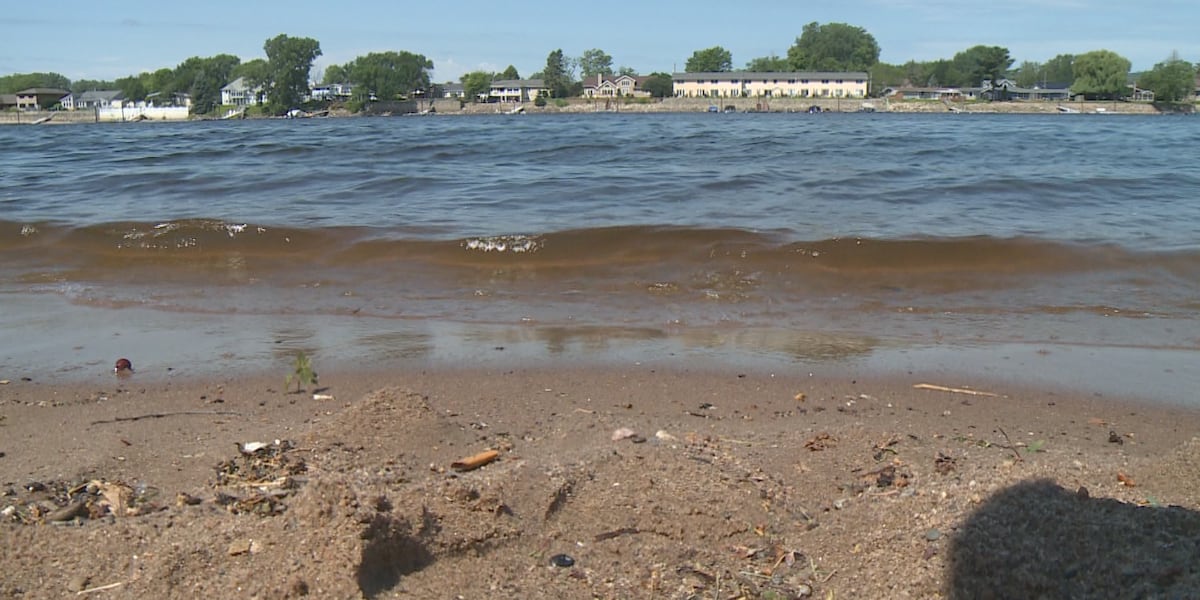Warm Weather Warning: Toxic Algae Bloom Risk Rises in Wisconsin's Coulee Region

Wisconsin's Coulee Region: Be Alert for Harmful Algae Blooms This Summer
As temperatures soar and Wisconsinites flock to rivers and lakes seeking relief from the summer heat, health officials are issuing a crucial warning: be vigilant about the potential for harmful algae blooms (HABs). Recent warm weather conditions have created a perfect breeding ground for these potentially toxic organisms, posing a risk to both human health and the environment.
What are Harmful Algae Blooms (HABs)?
Harmful algae blooms, also known as cyanobacteria, are rapid growths of algae that can produce toxins harmful to people and animals. While algae are a natural part of aquatic ecosystems, certain conditions – particularly warm water, sunlight, and nutrient pollution – can trigger explosive blooms. These blooms often appear as thick, green, blue-green, or reddish scum on the water's surface.
Why is the Coulee Region at Risk?
The Coulee Region of Wisconsin, with its numerous rivers and lakes, is particularly susceptible to HABs. The area's unique topography and agricultural practices can contribute to nutrient runoff, fueling algae growth. The recent stretch of warm weather has exacerbated this risk, creating ideal conditions for blooms to develop quickly.
Health Risks Associated with HABs
Exposure to HAB toxins can cause a range of health problems, including:
- Skin irritation: Contact with contaminated water can cause rashes, hives, or itchy skin.
- Gastrointestinal illness: Swallowing contaminated water can lead to nausea, vomiting, diarrhea, and abdominal pain.
- Respiratory problems: Breathing in aerosolized toxins from blooms can irritate the respiratory system and trigger coughing or wheezing.
- Liver damage: In severe cases, exposure to certain toxins can cause liver damage.
- Neurological effects: Some toxins can affect the nervous system, leading to muscle weakness, seizures, or even paralysis.
How to Stay Safe
Health officials are urging residents and visitors to take the following precautions:
- Heed posted warnings: Pay attention to any posted signs or advisories regarding water quality.
- Avoid discolored water: Do not swim, boat, or allow pets to drink from water that appears discolored, scummy, or has an unusual odor.
- Rinse off after contact: If you come into contact with potentially contaminated water, rinse off thoroughly with clean water.
- Keep pets away: Prevent pets from drinking or swimming in potentially affected water.
- Report blooms: Report suspected HABs to the Wisconsin Department of Natural Resources (DNR).
Resources and Reporting
For more information about harmful algae blooms and how to report them, visit the Wisconsin Department of Natural Resources website: https://dnr.wisconsin.gov/topic/AlgaeBlooms. Your vigilance can help protect yourself, your family, and your community from the dangers of toxic algae blooms this summer.
Stay informed, stay safe, and enjoy Wisconsin's beautiful waterways responsibly!





